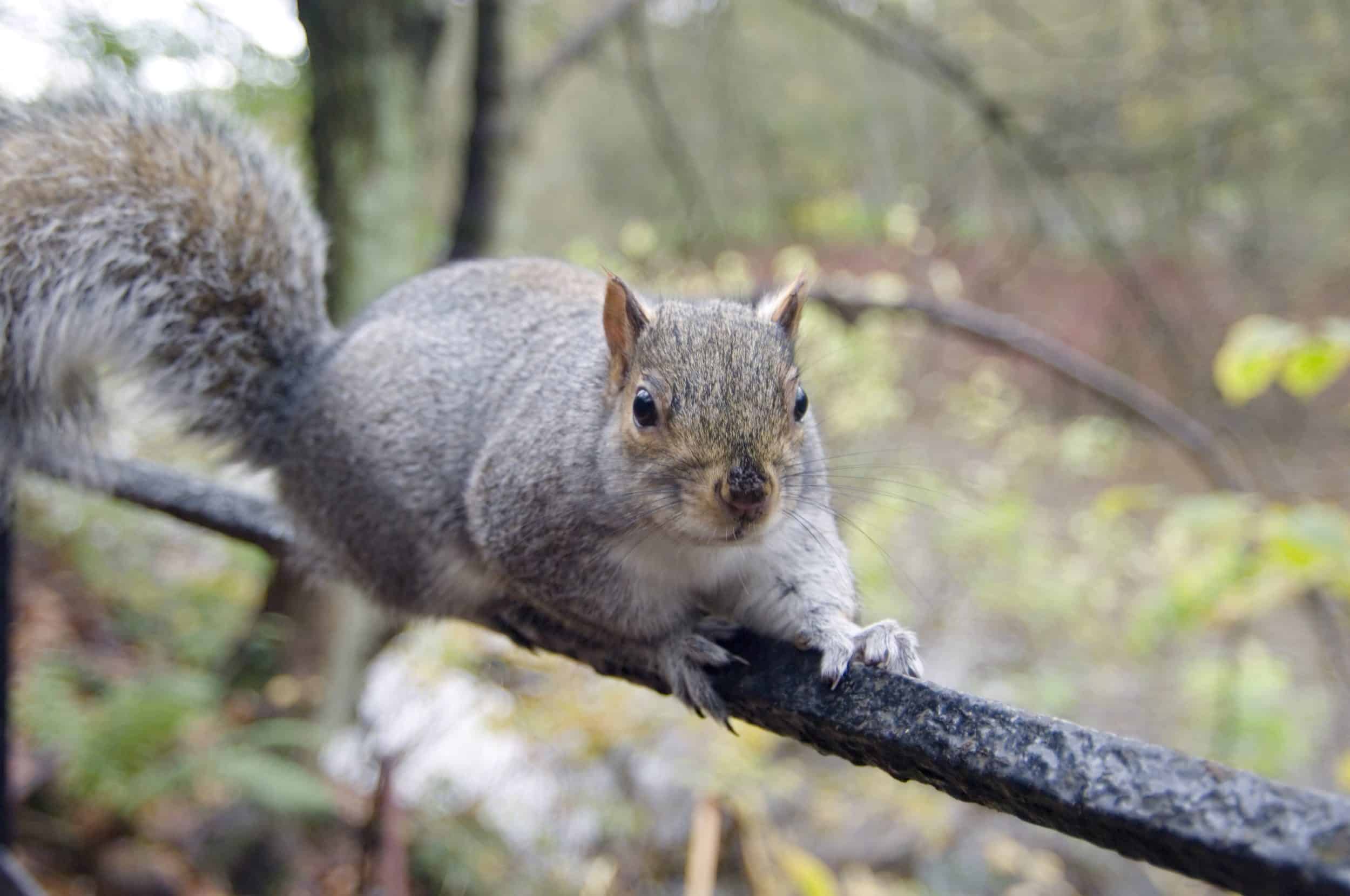Invasive non-native species are one of the five most serious threats to biodiversity and one of the biggest pressures on nature sites. The guidance set out here relates to the control of invasive species, limiting their spread and reducing risk.
Covering Framework Delivery Principles:
- Data, mapping, & monitoring
- Finance & resourcing
- Governance & decision making
- Knowledge & skills
- Monitoring, Evaluation & Reporting
- Participation, engagement, & communication
- Policy & Mainstreaming
- Project Development
- Project Implementation
- Spatial Mapping
Overview
INNS are one of the biggest pressures affecting the condition of designated sites, which form key nodes in Nature Networks. Improving habitat connectivity has the potential to facilitate the spread of INNS, and in some situations increasing barriers to INNS spread (i.e. reducing connectivity) can be used as a conservation measure for some threatened species. Therefore, consideration should be given to controlling populations of INNS before or during work to create new habitat connections. Monitoring may also be required to note the spread of INNS before they become established along corridors or in new sites.
Conversely increasing connectivity through enhancing the habitat matrix has been suggested as a means of reducing the risk of invasive species by enhancing the resilience of native communities.
Where possible, sites which are heavily affected by INNS should not be connected to the Nature Network until treatment has occurred, although this may not always be possible due to financial or other constraints. Sites which are otherwise good for biodiversity should not be excluded from a Nature Network solely due to the presence of INNS.
When considering and planning the management of INNS, here are the types of measures that will help to manage INNS pressures effectively:
- Develop a biosecurity plan. Acting early to prevent establishment can be fifty times more cost-effective than managing an INNS that has already spread widely. This is especially true for marine and freshwater INNS, which are rarely possible to eradicate.
- Take part in in collaborative actions to control INNS at appropriate spatial scales. Controlling entire populations of management priority INNS at a landscape scale is a cost effective way to reduce their impact and limit their ability to spread.
- Map the baseline areas of INNS and set a target for the percentage of the area to be maintained free of INNS. Report changes in area undergoing initial removal, regular monitoring and follow-up, and free from reproducing
- Develop a long-term plan for monitoring and removing any colonisation and regrowth in areas to be maintained free of reproducing INNS. Biosecurity planning will help ensure that new invasions do not erode natural capital and biodiversity benefits
For further advice on biosecurity planning, see marine biosecurity planning guidance and examples of river biosecurity plans.
Further details on best practice management can be found in the Guidance for delivering invasive non-native plant control projects and the nonnativespecies.org website.
Information on the known occurrence and distribution of INNS is available on the NBN Atlas. To search an area using an existing species list, use the list named “B6. Pressure from invasive species”, which contains a comprehensive list of species considered to be invasive in GB.
- More in-depth information can be found here, which can be useful in identifying and controlling INNS.
- This initiative is an 8-year partnership project set up to tackle invasive non-native species alongside rivers and watercourses in Northern Scotland.
Help us build a useful toolbox
Share your feedback on existing guidance and resources, as well as links to others you think would be useful. We’d also love to hear about any great Nature Network projects that we should showcase.
.